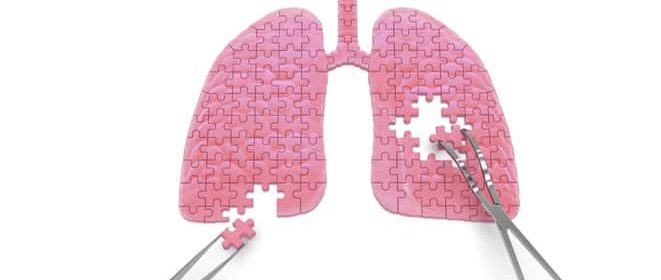 The National Asthma Education and Prevention Program (NAEPP) has just released its 2020 Asthma Guideline Update, with updated evidence-based recommendations for the treatment of patients with asthma.
The National Asthma Education and Prevention Program (NAEPP) has just released its 2020 Asthma Guideline Update, with updated evidence-based recommendations for the treatment of patients with asthma.
In this special communication—published in JAMA—the National Heart, Lung, and Blood Advisory Council updated its 2007 guidelines for the clinical management of adolescents and adults with asthma in six areas: the use of intermittent inhaled corticosteroids (ICSs); add-on, long-acting muscarinic antagonists; fractional exhaled nitric oxide; indoor allergen mitigation; immunotherapy; and bronchial thermoplasty.
The following changes were included:
- Compared with the 2007 guidelines, no changes were made to recommendations for step 1 therapy in patients with intermittent asthma. The recommendations stand for using as-needed, short-acting β2-agonists (SABAs) for rescue therapy.
- For step 2 therapy in patients with mild persistent asthma, either daily low-dose ICS plus as-needed therapy with SABAs is the preferred treatment, with the addition of as-needed concomitant treatment with ICS and SABA.
- In step 3 therapy for single maintenance and reliever treatment, the recommendations call for a combination of formoterol combined and an ICS in a single inhaler.
- Recommendations for step 4 therapy are the same as step 3, with a specification for formoterol combined with a medium-dose ICS for daily and as-needed therapy.
- The guidelines do not recommend short-term increases in ICS dosing for worsening asthma symptoms.
- For step 5 treatment in those with moderate-severe persistent asthma, add-on long-acting muscarinic antagonists are recommended in patients in whom asthma is not controlled by the combination of formoterol and ICS.
The guidelines also include recommendations specific to diagnosis and allergy mitigation. For asthma diagnosis and symptom monitoring, fractional exhaled nitric oxide testing is recommended. Allergen mitigation is recommended only in patients with exposure and clinically relevant sensitivity and/or symptomatology. Mitigation should be allergen specific, including several allergen-specific strategies. Also, in patients with sensitization/symptoms from specific allergens, subcutaneous immunotherapy is recommended as an adjunct to standard pharmacotherapy.
Finally, the updated guidelines do not recommend either sublingual immunotherapy or bronchial thermoplasty.
Stephanie Lovinsky-Desir, MD, MS, of Columbia University Irving Medical Center, New York, NY, and George T. O’Connor, MD, MS, of Boston University School of Medicine, Boston, wrote an accompanying editorial, and stressed the differences included in these new 2020 NAEPP guidelines.
“One change with important implications for patients, clinicians, pharmacists, and payers is the recommendation for use of ICSs on an as-needed basis guided by symptoms for patients with mild or moderate persistent asthma,” they wrote, adding: “These recommendations, based on evidence from randomized clinical trials are a major shift from previous versions of the NAEPP guidelines, which recommended an ICS, sometimes in combination with a LABA, only as a regular daily regimen, supplemented by an as-needed SABA for symptom relief.”
They also noted that this update has several limitations, including that it is focused largely on allergic asthma, the inclusion of only six topics of management, a lack of attention to the diagnosis and management of asthma in patients younger than 12 years, and its failure to include evidence published after October 2018 or to address other, distinct asthma phenotypes.
Despite this, the update is a welcome one for clinicians, according to Lovinsky-Desir and O’Connor.
“The updated NAEPP guidelines in this issue of JAMA summarize new recommendations for the long-term management of adolescents and adults with asthma and should be helpful for clinicians who provide care for patients with asthma in the US and around the world. It is based on an intensive review of the medical literature, assimilated into important recommendations, noting those that are conditional or strong. It is an important contribution to the evolving strategies for long-term asthma management,” they concluded.
-
The National Asthma Education and Prevention Program (NAEPP) has released the 2020 Asthma Guideline Update, which contains updated evidence-based recommendations for treatment of patients with asthma.
-
The 2020 Asthma Guideline Update is based on an intensive review of recent medical literature.
E.C. Meszaros, Contributing Writer, BreakingMED™
The 2020 Asthma Guideline Update report was funded by the National Heart, Lung, and Blood Institute.
Cloutier has a family member who is employed by Regeneron.
Lovinsky-Desir and O’Connor reported no disclosures.
Cat ID: 63
Topic ID: 89,63,100,192,63,925


